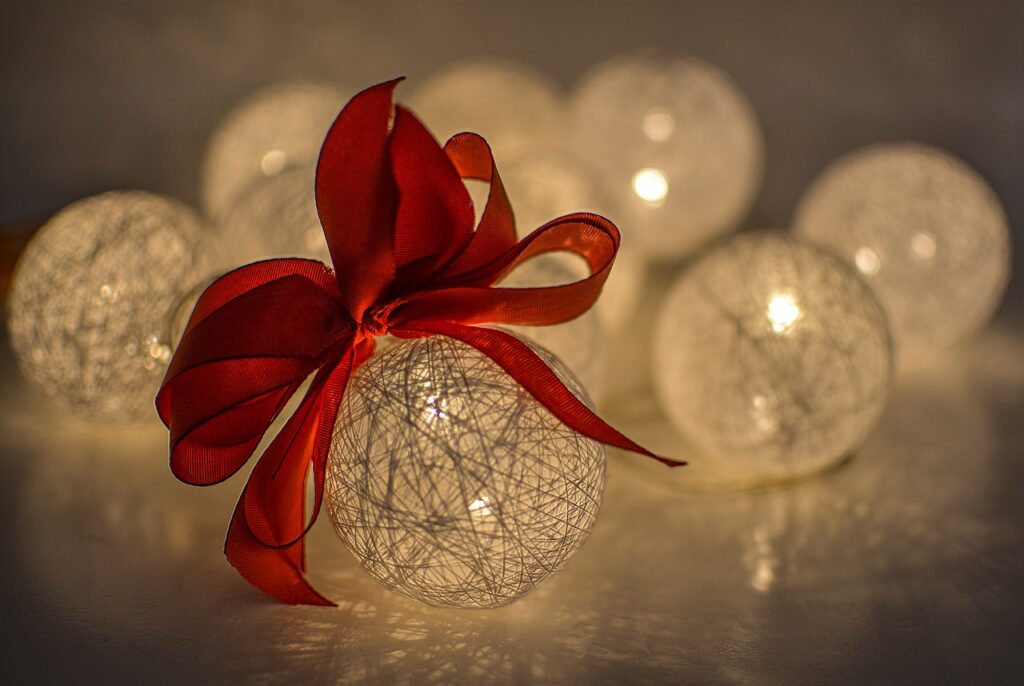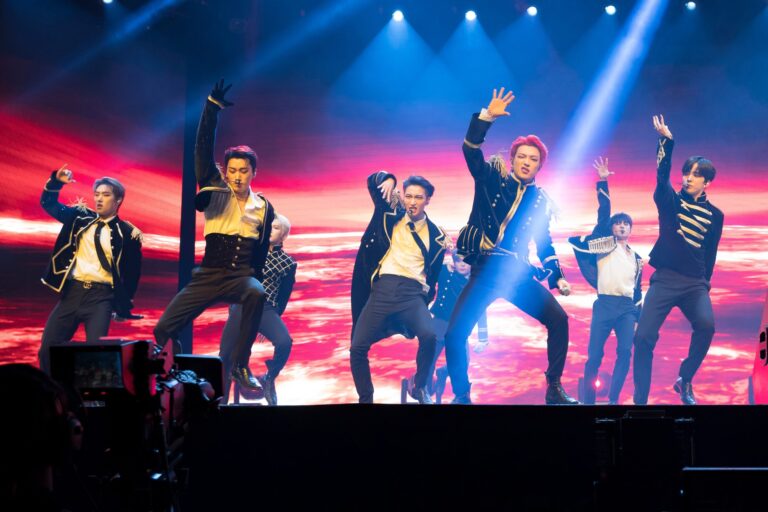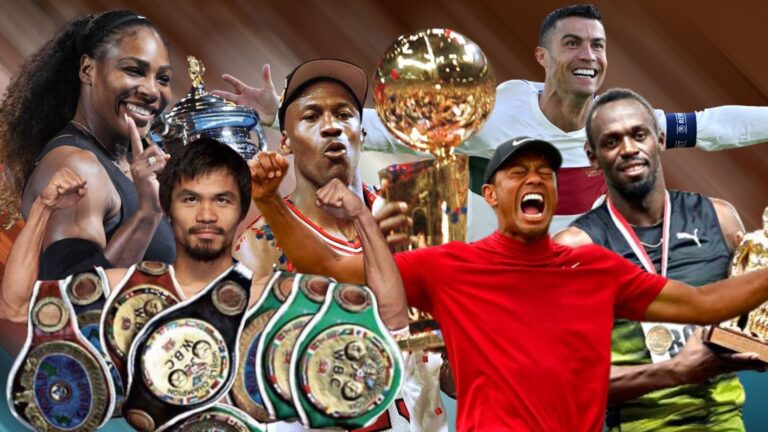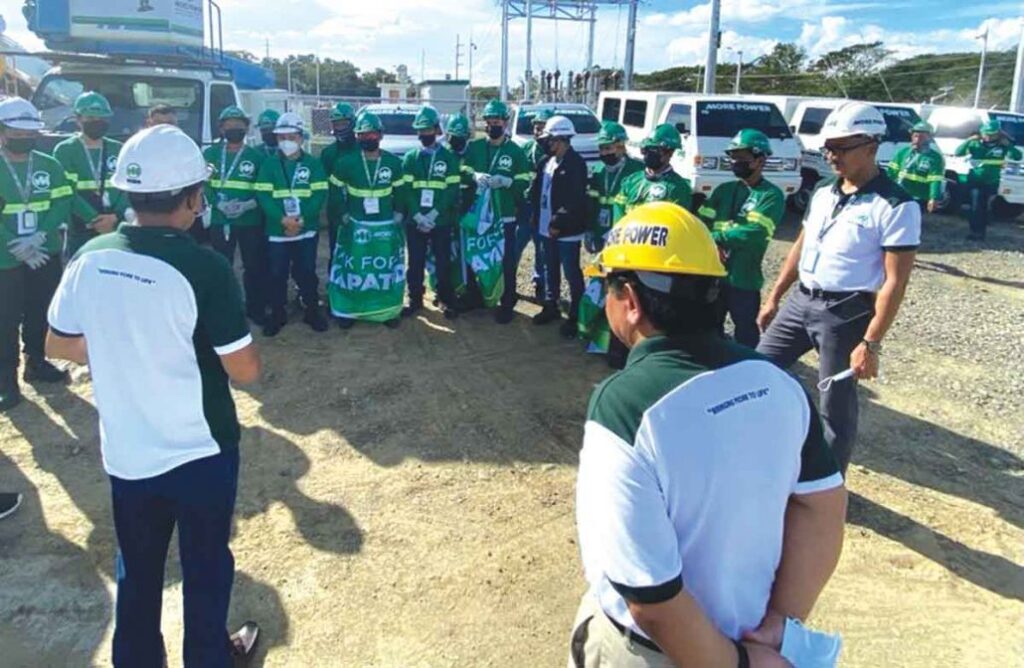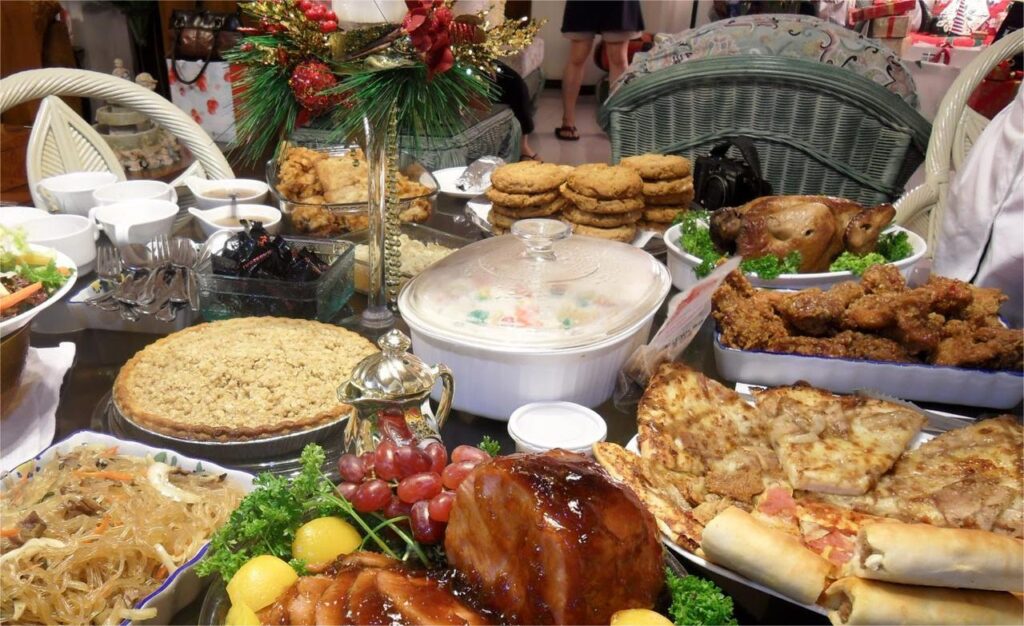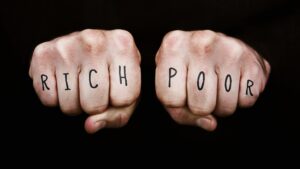Christmas in the Philippines is a unique and deeply rooted tradition, celebrated with unparalleled enthusiasm. Known for having one of the longest Christmas seasons in the world, Filipino festivities have evolved over time, blending age-old customs with modern influences. Let’s explore how Christmas celebrations in the Philippines have transformed through the years.
Traditional Christmas Customs
Simbang Gabi
One of the most enduring practices is Simbang Gabi, a series of nine dawn masses leading up to Christmas Day. This tradition, which dates back to Spanish colonization, remains a spiritual cornerstone for many Filipinos. Attending Simbang Gabi is believed to grant special wishes, adding a touch of mysticism to the holiday.
Parol-Making and Lantern Displays
The parol, a star-shaped lantern symbolizing the Star of Bethlehem, is a timeless icon of Filipino Christmas. Communities and schools often hold parol-making contests, preserving this craft tradition while infusing it with creativity and innovation.
Caroling and Community Celebrations
Caroling, often performed by children going house-to-house, has long been a hallmark of Filipino Christmas. While this tradition persists, its frequency has dwindled in urban areas due to security concerns and changing lifestyles.
Modern Additions to the Festivities
Extravagant Light Displays
Modern Filipino Christmas celebrations are marked by dazzling light shows, such as the Ayala Triangle Gardens Light and Sound Show in Makati or the Giant Lantern Festival in San Fernando, Pampanga. These events combine traditional elements with technological advancements, offering breathtaking spectacles that attract locals and tourists alike.
Influence of Global Trends
The influx of global influences has introduced practices such as Christmas tree lighting ceremonies and Western-inspired décor. Large malls and hotels often compete to create the grandest holiday displays, making shopping and dining an integral part of the celebration.
Digital Age Transformations
Technology has reshaped how Filipinos celebrate. Virtual caroling, e-gift exchanges, and online shopping for Noche Buena ingredients have become popular, especially during the pandemic era. Social media platforms also play a significant role in documenting and sharing festive moments.
From Simple Feasts to Lavish Gatherings
Noche Buena’s Evolution
The traditional Noche Buena (Christmas Eve feast) has also transformed. In earlier times, families gathered for simple meals with local delicacies such as bibingka, puto bumbong, and queso de bola. Today, Noche Buena often includes international dishes, reflecting the growing culinary diversity of Filipino households.
Holiday Shopping and Gift-Giving
Gift-giving remains central to Filipino Christmas, but the approach has shifted. From handmade presents to the convenience of online shopping platforms, modern Filipinos now have an array of options to surprise loved ones.
The Core of Filipino Christmas: Family and Faith
Despite the changes, the heart of Filipino Christmas remains unchanged. It’s still a time for family reunions, rekindling relationships, and expressing gratitude. The spiritual aspect, embodied in the nativity scene or belen, continues to anchor celebrations, reminding Filipinos of the holiday’s true meaning.
The evolution of Filipino Christmas reflects the resilience and adaptability of its people. While modernity has introduced new elements, traditional practices continue to thrive, creating a festive season that bridges the past and present. This unique blend of old and new ensures that the Filipino Christmas remains one of the most cherished and meaningful celebrations in the world.
Would you like more examples or historical details for any specific tradition?

